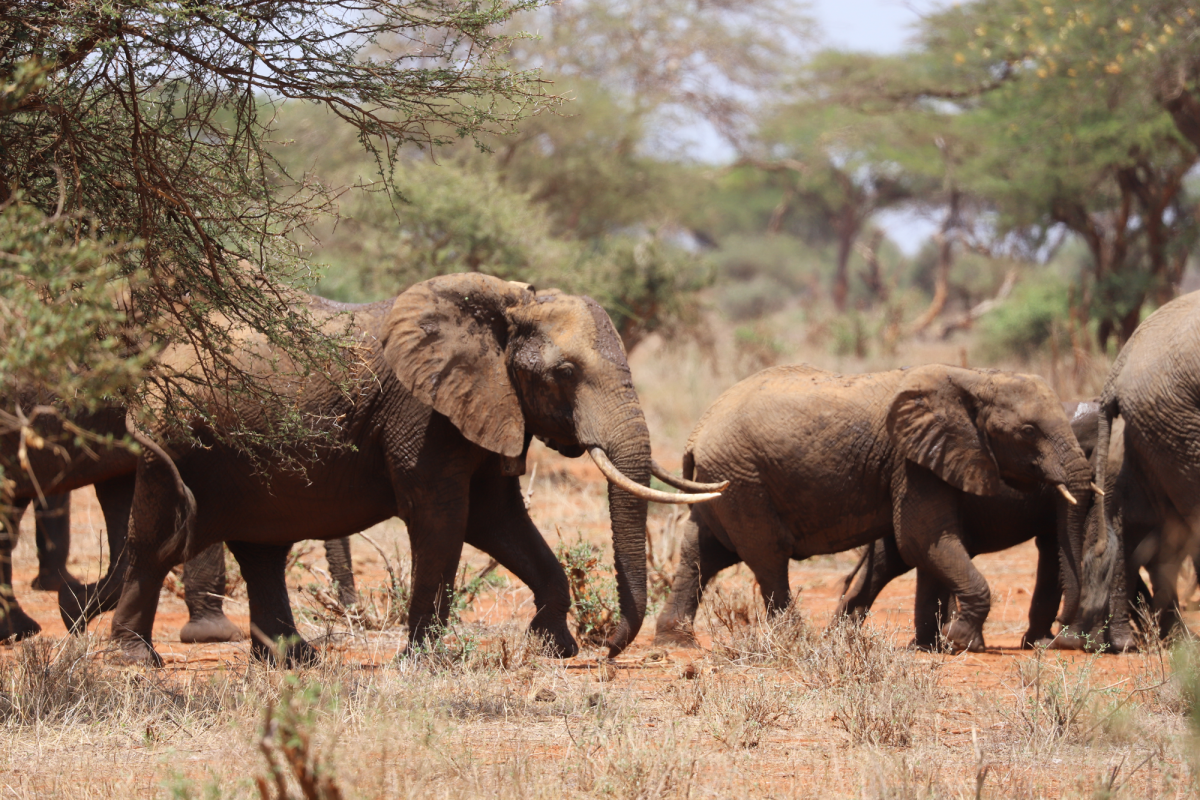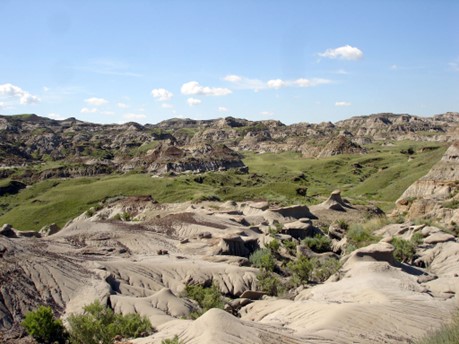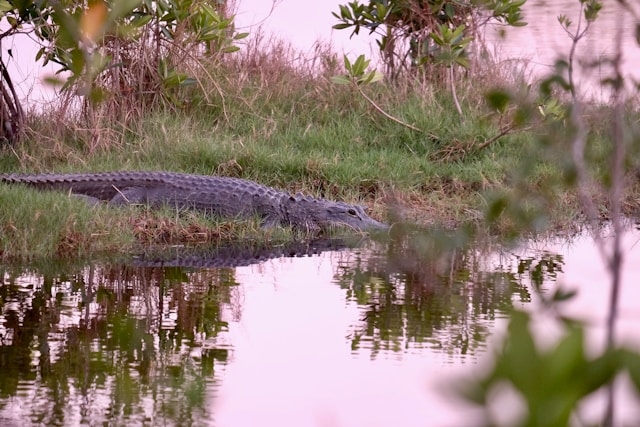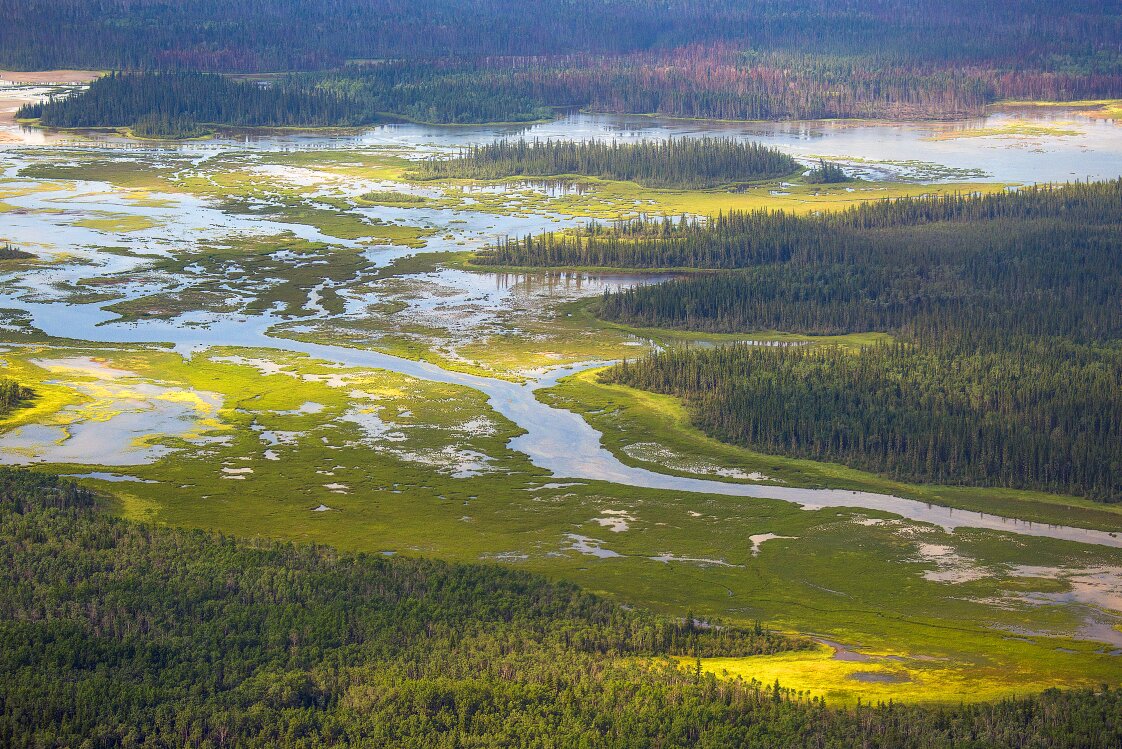A fifth of species found in World Heritage sites – IUCN co-authored research
Gland, Switzerland, 31 August 2023 – Over 20% of mapped global species richness are found in World Heritage sites, despite these areas making up just 1% of the Earth’s surface, according to a joint assessment by IUCN, International Union for Conservation Nature, and UNESCO, United Nations Educational, Scientific and Cultural Organization, published today.

Endangered African Savanna Elephants, Loxodonta africana, in Tsavo.
World Heritage sites (encompassing areas of cultural and natural importance) are estimated to provide a haven for 75,000 species of plants and over 30,000 species of mammals, birds, fishes, reptiles and amphibians.
This includes 20,000 threatened species, encompassing important populations of many iconic species, such as one-third of all elephants, tigers and pandas, and at least one-tenth of great apes, giraffes, lions and rhinos. Analysis in the assessment uses data from the IUCN Red List of Threatened Species™, with the next update to the list available in December.
IUCN and UNESCO have published the full assessment here.
The World Heritage Convention – for which IUCN is the official advisor on nature - confers the highest level of international protection to Heritage sites, which as this study shows, are some of the most significant for biodiversity conservation in the world.
“World Heritage sites are critical to the preservation of the world’s most significant ecosystems and species through their unique role in protecting ecosystem integrity and promoting large-scale conservation the world over.
“We must work together, across governments, the public and private sector, and by embracing the stewardship of Indigenous peoples and local communities, to ensure the continued protection of these globally important areas. The World Heritage Convention plays a unique role in ensuring efforts go towards maintaining the natural value of these areas. It needs to be more widely recognised and supported, as nature preservation is key to realising global biodiversity and climate goals,” said Mr Tim Badman, Head, Heritage and Culture, IUCN.
For some species on the brink of extinction, World Heritage sites have become the last line of defence. These areas are home to all remaining Javan Rhinos, Vaquitas, and Pink Iguanas, as well as more than half of all Sumatran Rhinos, Sumatran Orangutans and Mountain Gorillas.
Natural World Heritage sites encompass most major ecosystem types spanning over 3,500,000km2 (larger than the size of India) and include 15% of all coral reefs by surface area. The benefits provided by biodiversity are innumerable and form the bedrock of humanity’s relationship with nature.
Biodiversity and cultural diversity are interlinked, and World Heritage sites offer important environmental services for Indigenous peoples and local communities, such as protection of resources and places of religious and cultural importance, as well as providing jobs and income through sustainable activities.
These areas are also instrumental to further strengthening the link between nature and culture, as many cultural sites, including those in urban areas, can also harbour important ecosystems and are an untapped ally in efforts to halt nature loss.
Conserving these sites has multiple benefits for humans, such as preventing disease transmission between wildlife, livestock and people, and allowing environments like forests and grasslands to act as carbon sinks – reducing greenhouses gasses. Natural areas also give protection from negative climate-related effects like extreme weather.
Despite protection efforts, these sites are increasingly threatened by climate change and human pressures; agricultural expansion, infrastructure development, poaching, overexploitation of resources, pollution and the introduction of invasive species. These challenges are manifested in World Heritage Sites: the 2020 World Heritage Outlook, which shows that one third of sites do not have secure prospects, and today there are 16 natural World Heritage sites included on the list of World Heritage in Danger.
IUCN joins UNESCO in encouraging countries to include UNESCO World Heritage sites in their National Biodiversity Strategies and Action Plans (NBSAPs), as these are key to moving the Kunming-Montreal Global Biodiversity Framework (GBF) into action. This study is an additional tool for countries to work towards achieving these objectives.
UNESCO and IUCN thank Conservation International, the Botanic Gardens Conservation International (BGCI), the National Center for Ecological Analysis and Synthesis (NCEAS), the University of Arizona and the University of Connecticut for their contribution to this study.



